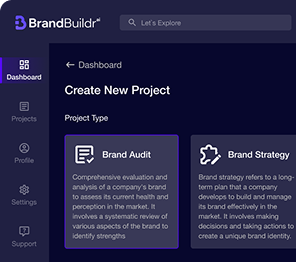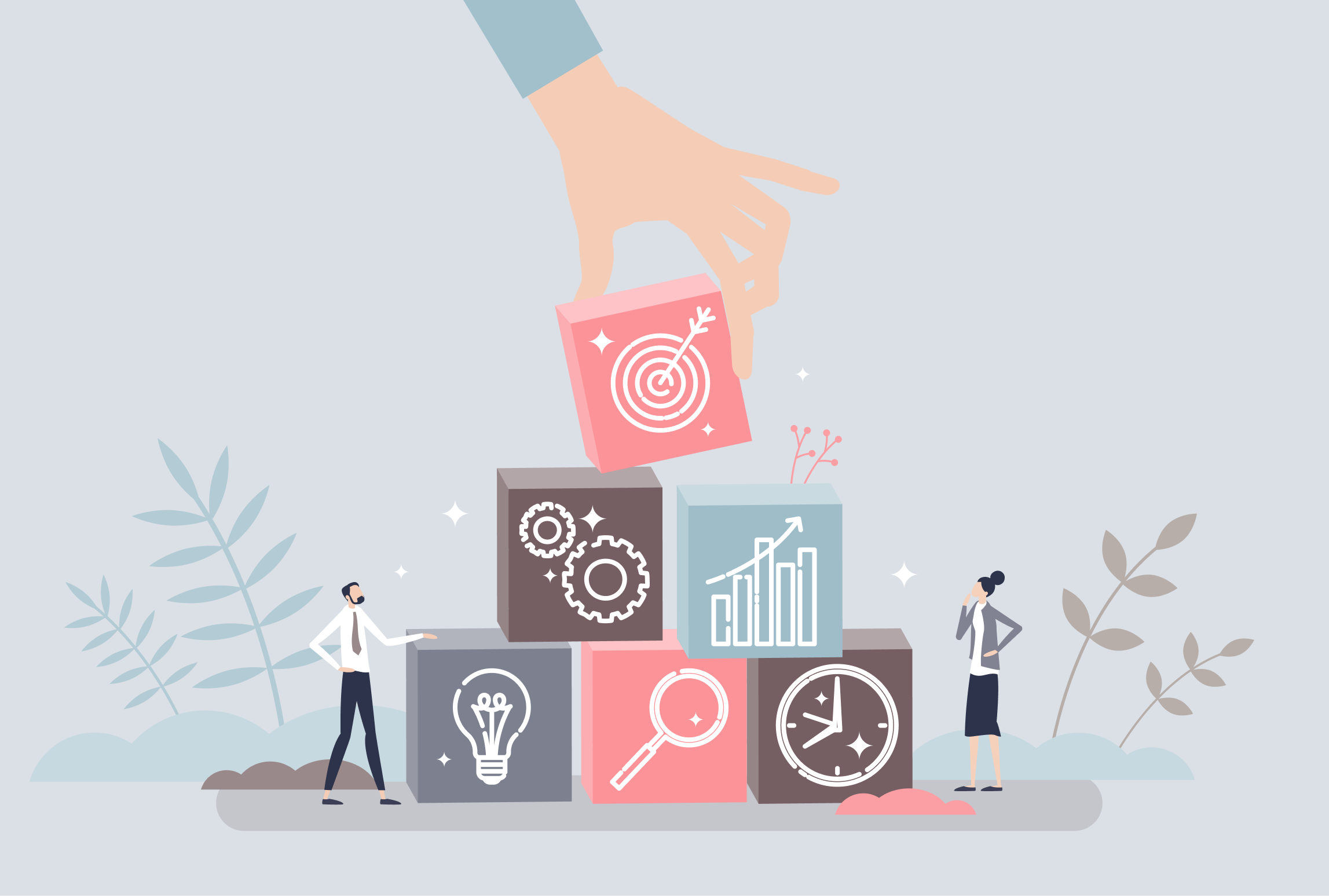DevOps brings together development and operations teams to optimize every application lifecycle stage. Over time, the software industry has focused on using DevOps Services to boost speed and deliver greater value.
Imagine this: your product team rolls out a new feature. It deploys in seconds, runs flawlessly, and scales automatically as usage spikes. There are no panicked Slack messages or late-night rollbacks, just seamless execution. This isn’t wishful thinking. It’s what happens when DevOps is done right.
But DevOps isn’t magic. It’s a mindset supported by smart tools, collaborative culture, and well-defined processes. Let’s walk through the best practices for DevOps that are shaping successful adoption.

CI/CD Best Practices to Accelerate Delivery
Speed without quality is chaos. That’s why modern DevOps teams lean heavily on CI/CD best practices, not just to ship faster, but to ship better.
Continuous Integration (CI) ensures every code change is automatically tested and merged without disrupting the main codebase. Continuous Delivery (CD) takes it a step further, pushing tested code into staging or production environments seamlessly.
Teams live by a few golden rules: test everything early, fail fast, and make rollbacks painless. This means automated tests run with every pull request, pipelines are built with rollback triggers, and changes are tracked down to the commit.

Key Steps for Building Reliable Pipelines
To build a pipeline you can trust, start with your branching strategy. Teams often use trunk-based development for simplicity or GitFlow for structure. The goal is always the same: reduce merge conflicts and keep changes flowing smoothly.
Next, automated testing is essential. This includes unit, integration, UI, and performance tests triggered at each stage of the pipeline. Then comes containerization — Docker ensures apps run identically in dev, staging, and production.
Finally, empower your team with fail-fast mechanisms. If a test fails, the pipeline halts. No guesswork, no broken builds sneaking through.
Automating Tools and Techniques
In the world of DevOps, automation is king. Manual processes are slow, error-prone, and impossible to scale. Fortunately, a robust ecosystem of DevOps automation tools makes everything from provisioning servers to deploying apps more efficient.
Popular tools include:
- Jenkins: Still a go-to for custom pipelines, especially for teams who value flexibility.
- GitLab CI/CD: Perfect for integrated workflows that live directly in your Git repo.
- Ansible: Loved for its simplicity and YAML syntax — great for configuration management.
- Terraform: The backbone of infrastructure provisioning, enabling IaC with cloud-agnostic scripts.
Automation isn’t just a convenience, it’s the foundation of reliable software delivery. When your infrastructure, testing, and deployment are on autopilot, your team can focus on what matters most: building better products.
Monitoring for Success
Even the best automation can’t prevent every issue. That’s why DevOps monitoring tools are essential for observability and real-time feedback. After all, if you can’t see what’s going on, you can’t improve it — or fix it when it breaks.

Leading tools include:
- Prometheus: Powerful for time-series metrics and system monitoring.
- Grafana: Ideal for visualizing metrics from multiple sources with sleek, customizable dashboards.
- Datadog: A full-stack observability platform with performance monitoring, logs, and APM.
- ELK Stack (Elasticsearch, Logstash, Kibana): Still a fan favorite for logging and search.
The secret to great monitoring is layering: combine system metrics, application logs, and user behavior to create a 360-degree view of your product’s health.

DevOps Deployment Strategies
Deploying code should never feel like defusing a bomb. With the right DevOps deployment strategies, teams can release updates gradually, test in production safely, and recover instantly if things go wrong.
Here are the go-to strategies:
- Blue-Green Deployments: Run two identical environments. Send traffic to “green” (new version) only after successful validation. Roll back instantly by switching traffic back to “blue.”
- Canary Deployments: Release to a small subset of users. Monitor metrics. If all goes well, roll out to everyone.
- Rolling Deployments: Gradually replace instances of the old version with the new one, reducing risk of downtime.
Each strategy has its strengths, what matters most is picking one that fits your team’s size, infrastructure, and risk tolerance.
Infrastructure as Code
Configuring infrastructure manually is almost unthinkable. Infrastructure as Code (IaC) allows you to define and manage your entire stack using version-controlled scripts, making your infrastructure repeatable, auditable, and scalable.
Leading IaC tools like Terraform and AWS CloudFormation let teams provision servers, databases, load balancers, and more with just a few lines of code.

Benefits of Infrastructure as Code
- Scalability: Spin up identical environments for dev, test, and prod in minutes.
- Version Control: Track changes, roll back configurations, and manage infrastructure just like application code.
- Consistency: Eliminate drift and ensure parity across all environments.
- Faster Recovery: Recreate your entire system instantly in the event of failure or disaster.
IaC is more than a productivity hack, it’s a resilience strategy.

Effective DevOps Architecture
Your DevOps architecture is the blueprint for how everything connects, from microservices to containers to monitoring systems. The architecture must be flexible, scalable, and cloud-native.
Core components of modern DevOps architecture include:
- Microservices: Break down apps into independently deployable services, making updates faster and safer.
- Containers: Use Docker to encapsulate services, ensuring consistency from local dev to production.
- Container Orchestration: Kubernetes rules the landscape, automating scaling, networking, and fault tolerance.
- Cloud-Native Platforms: Services like AWS, Azure, and GCP offer managed solutions that reduce ops overhead while increasing agility.
A well-designed architecture ensures teams can deploy quickly, recover rapidly, and scale effortlessly.
DevOps Culture Principles That Make a Difference
You can’t succeed in DevOps with tools alone. At its core, DevOps is about people and culture. That’s why DevOps culture principles are the glue that holds everything together.
Thriving DevOps teams embrace:
- Collaboration: Dev, Ops, QA, and even business stakeholders work as one team.
- Shared Responsibility: Everyone owns the product’s uptime and quality, not just “the ops guys.”
- Continuous Feedback: Whether from monitoring tools or user surveys, feedback is used to guide every decision.
- Blameless Postmortems: When something breaks, the goal isn’t blame — it’s learning and improving.
Culture may not be something you can deploy, but it's the difference between DevOps that sticks and DevOps that stalls.
Final Thoughts
The best practices for DevOps are clear: automate everything, monitor relentlessly, deploy safely, and never stop improving. But more importantly, build a culture where teams collaborate, experiment, and learn together.
As technology evolves, your tools will change, but your principles should remain rock-solid. Ready to level up your DevOps game? Contact Codebridge to build scalable, secure, and high-performing systems that meet the demands of today and tomorrow.
FAQ
What are the top best practices for achieving DevOps success?
The top DevOps best practices include continuous integration and delivery (CI/CD), infrastructure as code (IaC), automated testing, real-time monitoring, cross-team collaboration, and frequent releases. These practices speed up development cycles and improve product reliability.
Why is continuous integration and continuous delivery essential for DevOps success?
CI/CD automates the integration, testing, and deployment of code, reducing human error and ensuring faster, more reliable releases. This practice enables teams to detect issues early, improve code quality, and shorten the time from development to production.
How does infrastructure as code support DevOps efficiency?
Infrastructure as code allows teams to manage and provision infrastructure using configuration files rather than manual processes. This makes environments reproducible, scalable, and easier to maintain. IaC reduces inconsistencies, accelerates deployments, and improves operational stability.
Why is automated testing a key component of DevOps best practices?
Automated testing ensures every change is validated quickly and consistently. It detects bugs early, prevents regressions, and improves overall software quality. Automated tests support faster development cycles and enable continuous delivery without sacrificing reliability.
How do monitoring and observability contribute to DevOps success?
Monitoring and observability provide insight into system performance, errors, and user behavior. These tools help teams detect problems before they impact customers and support faster incident resolution. Strong visibility leads to more stable, high-performing applications.
How can teams improve collaboration to strengthen DevOps culture?
Teams can improve collaboration by breaking down silos, adopting shared responsibility models, and maintaining open communication channels. Regular standups, retrospectives, and documentation ensure alignment. A collaborative culture enables smoother workflows and enhances overall productivity.
Heading 1
Heading 2
Heading 3
Heading 4
Heading 5
Heading 6
Lorem ipsum dolor sit amet, consectetur adipiscing elit, sed do eiusmod tempor incididunt ut labore et dolore magna aliqua. Ut enim ad minim veniam, quis nostrud exercitation ullamco laboris nisi ut aliquip ex ea commodo consequat. Duis aute irure dolor in reprehenderit in voluptate velit esse cillum dolore eu fugiat nulla pariatur.
Block quote
Ordered list
- Item 1
- Item 2
- Item 3
Unordered list
- Item A
- Item B
- Item C
Bold text
Emphasis
Superscript
Subscript





















.avif)



.avif)

.avif)


